We may earn money or products from the companies mentioned in this post. This means if you click on the link and purchase the item, I will receive a small commission at no extra cost to you ... you're just helping re-supply our family's travel fund.
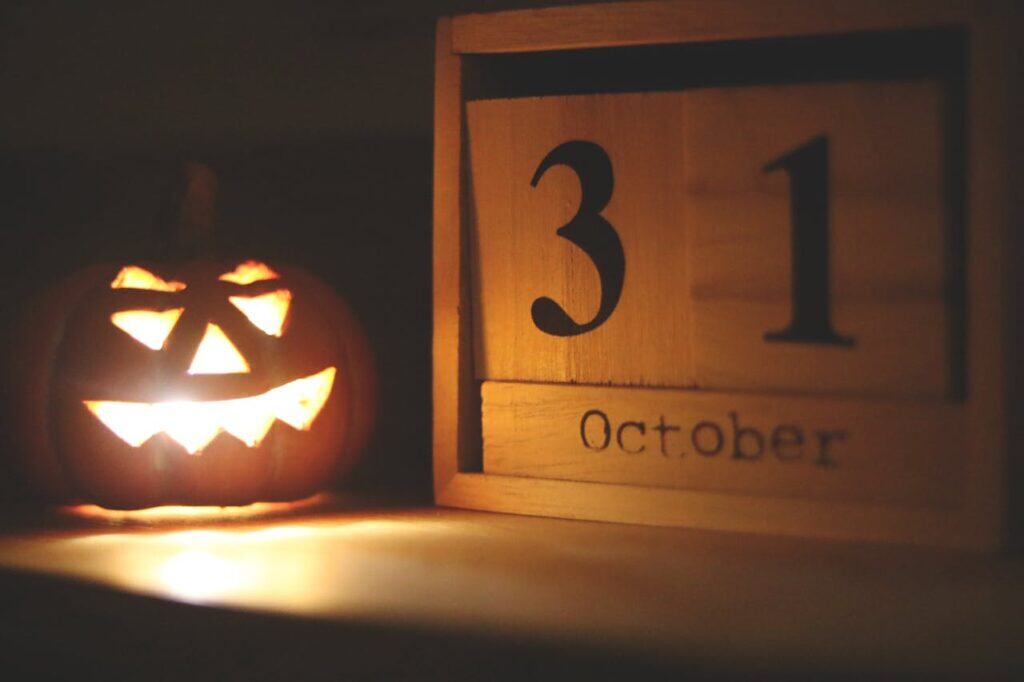
Across Europe, late Oct. and early Nov. carry a softer pulse than costume parades and plastic decor. Villages light bonfires, carve turnips, and share foods tied to harvest and memory. The mood leans reflective, sometimes playful, always seasonal. Ancestral rites surface in songs, lantern walks, and graveyard vigils that feel both intimate and public. What this really means is a continent speaking in local dialects of autumn, where light, smoke, and story help people meet the oncoming dark with steadiness.
Hop-tu-Naa, Isle of Man
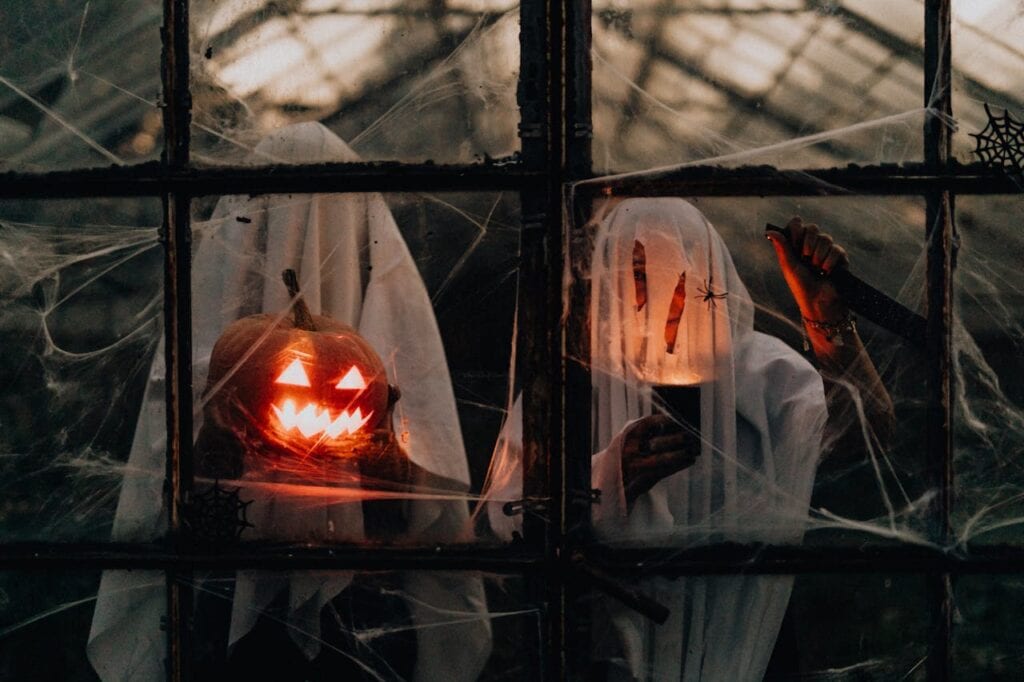
On Oct. 31, Manx families revive Samhain roots with sung rhymes, turnip lanterns, and small door-to-door customs that map winter’s arrival. Kids carry knobbly swedes carved into grimaces. Community groups teach verses in Manx, keeping language and ritual stitched together. The night hums with hearth energy, more kitchen table than haunted maze. Simple treats, folktales, and soft candlelight do the work of easing a long season into view.
Gau Beltza, Basque Country, Spain
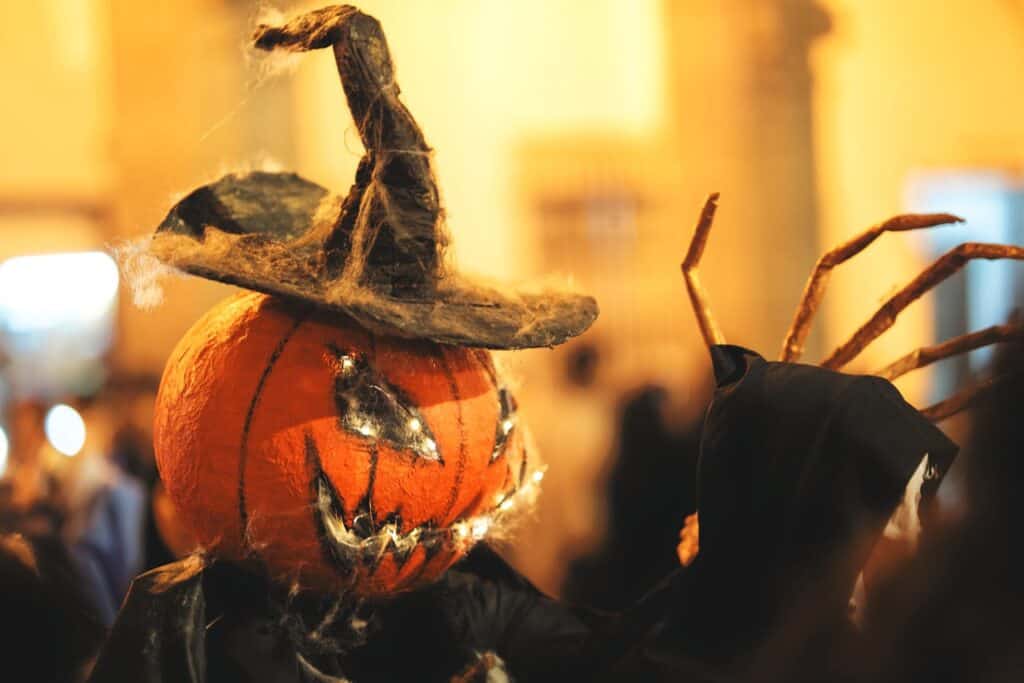
Gau Beltza, or Black Night, returns each Oct. 31 with masks, lanterns, and street performances that nod to liminal time. Neighborhoods host music and storytelling, blending revived folk rituals with modern touches. Children parade with carved vegetables or paper shades, while elders shape the tone with memory and song. It is not about loud scares. It is a calm procession through the hinge between seasons, rooted in Basque identity.
Samhuinn Fire Festival, Edinburgh, Scotland
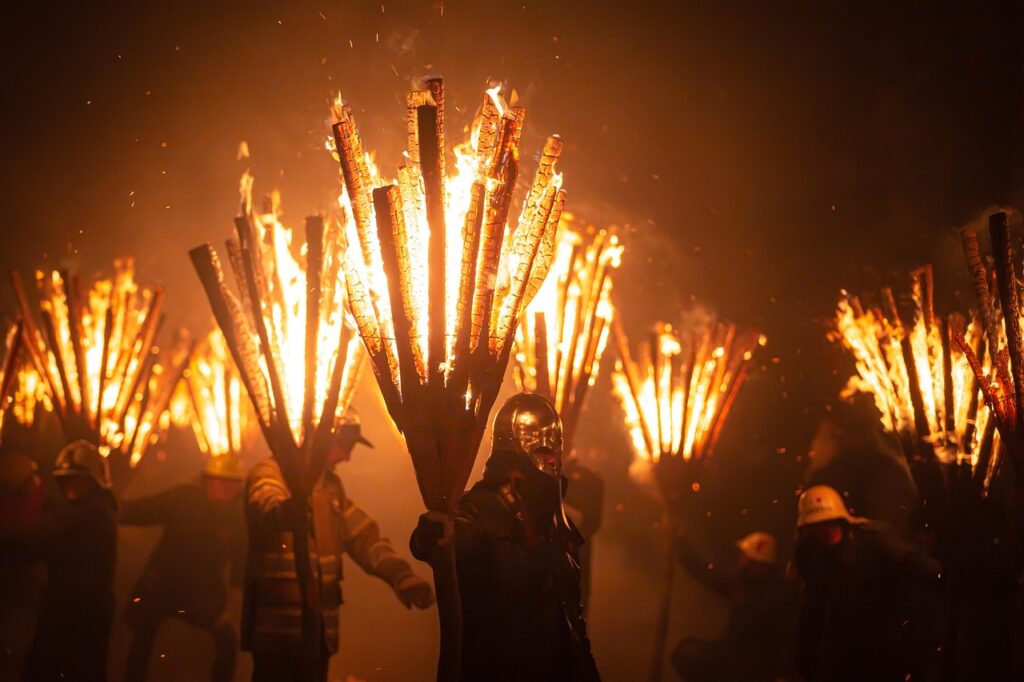
On Calton Hill, drummers, torchbearers, and masked figures stage the handover from Summer to Winter. The pageant draws on Gaelic lore, yet stays unmistakably contemporary in choreography and design. Sparks rise into a cold sky while crowds watch the season change made visible. The result is elemental and theatrical. Fire becomes chorus, smoke becomes curtain, and the city’s stone backdrop turns into a living myth for one charged night.
La Castanyada, Catalonia, Spain
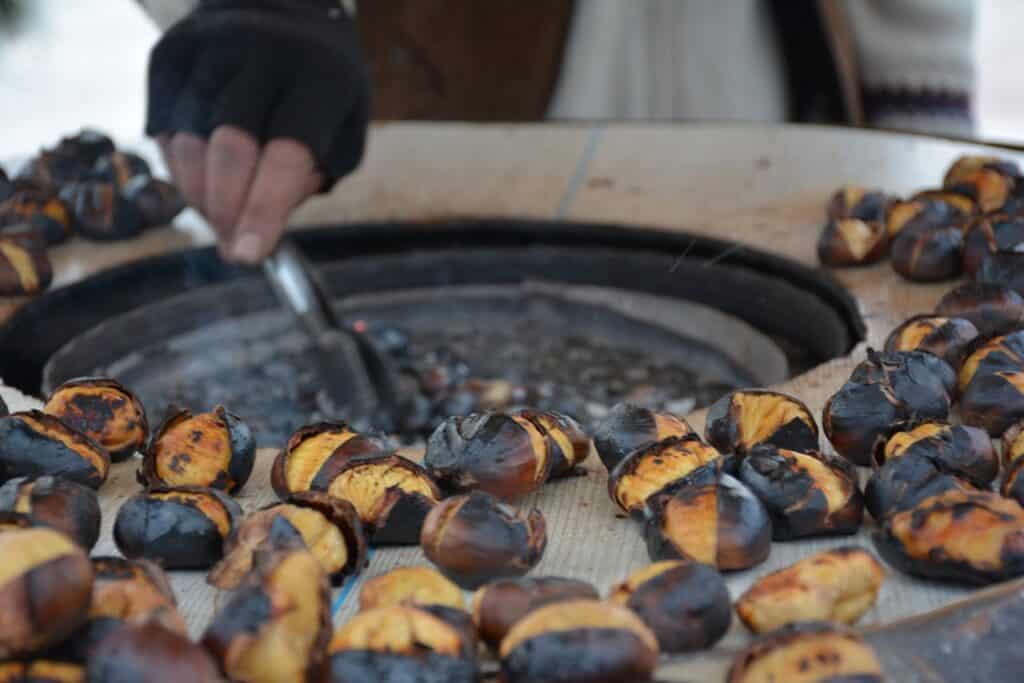
Castanyada favors warmth over fright. Families gather Oct. 31 to Nov. 1 to share roasted chestnuts, sweet potatoes, and almond panellets, remembering loved ones with food and candlelight. Street vendors roast over open braziers, sending woodsmoke across plazas. Bakers stack marzipan domes in windows. The rhythm is domestic and steady, and the message is clear. Care for the living, honor the dead, eat what the season offers.
Punkie Night, Somerset, England
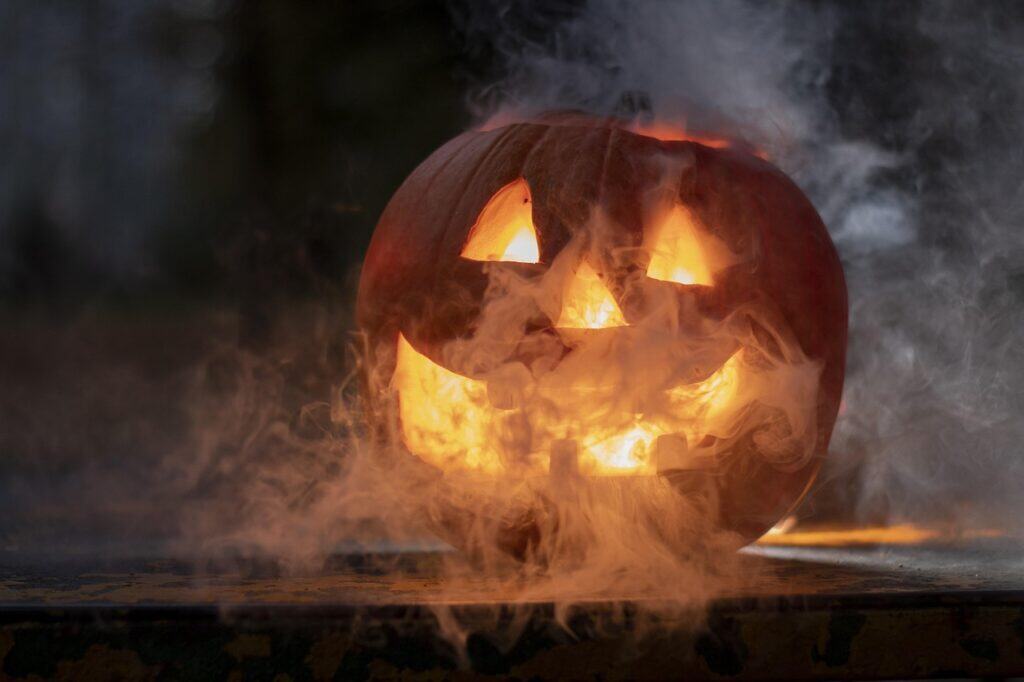
In Hinton St George, villagers parade with punkies, lanterns carved from swedes and mangelwurzels. Faces grin, scowl, and squint, glowing from tight little cavities cut with pocket knives. Children chant old rhymes as they shuffle past hedges and stone walls. The custom likely grew from wayfinding lights and local lore, but what survives is community. A slow procession, a shared joke, and a reminder that darkness is friend, not foe.
Is Animeddas and Su Mortu Mortu, Sardinia, Italy
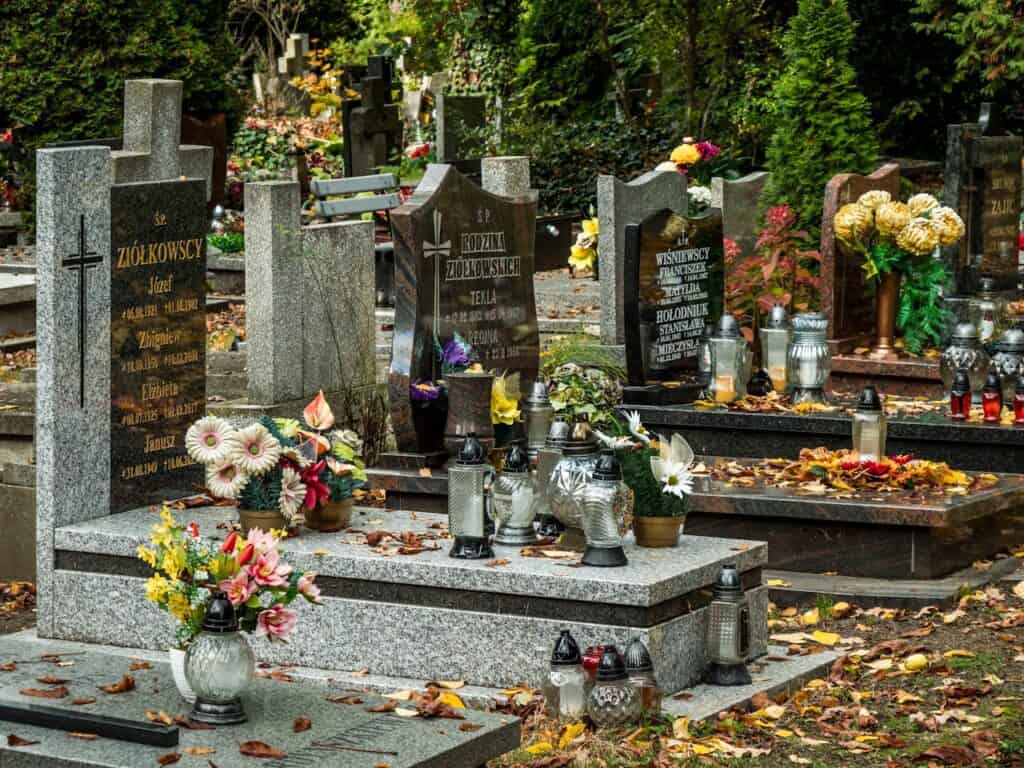
Between Oct. 31 and Nov. 2, Sardinian towns host children’s rounds for the souls, and villages like Seui stage processions tied to purgatory imagery. Songs, paper bags, and whispered prayers mingle with sweets handed across thresholds. The cadence is Sardinian, the emotion universal. Behind the treats sits a medieval logic of care, where a child’s voice can carry a community’s memory into the coming cold.
Magosto, Ourense, Galicia, Spain
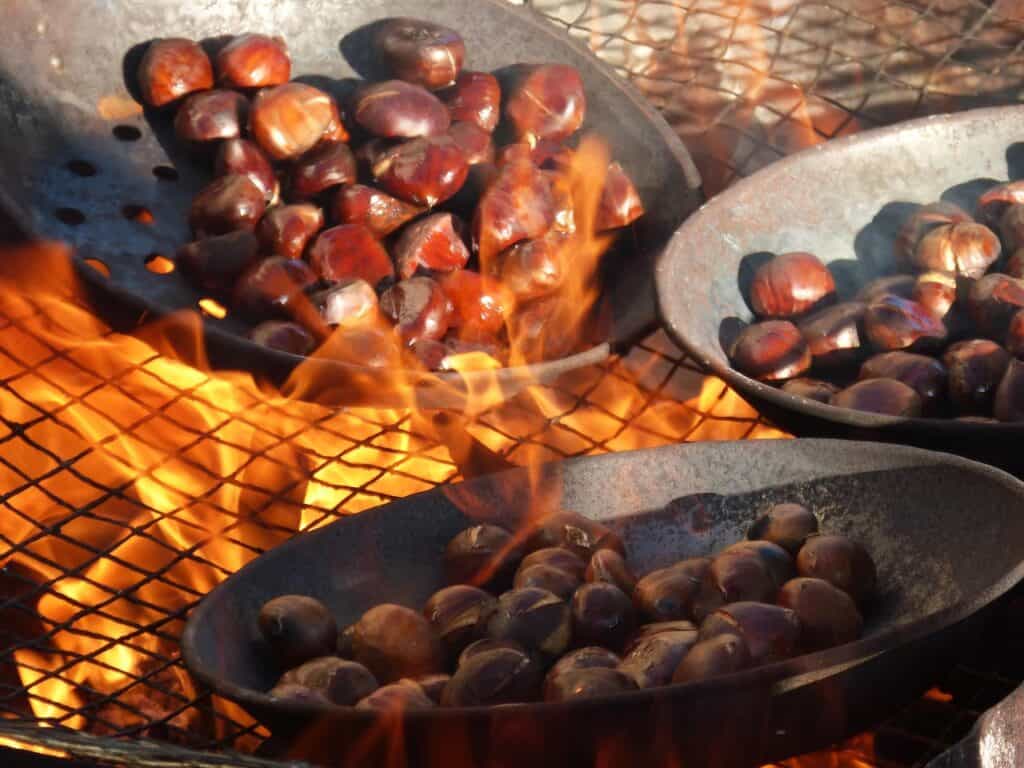
Magosto is all smoke and laughter. In early Nov., bonfires crackle as people roast chestnuts, sip new wine, and smudge cheeks with ash for luck. Old stories ride the sparks while bands play in plazas. The feast often neighbors Samaín events, which fold Celtic echoes into Galician streets. It is playful, but never empty. Fire warms the square, food fills the hands, and memory takes the seat that’s kept open.
Dziady and Ilgės, Poland and Lithuania
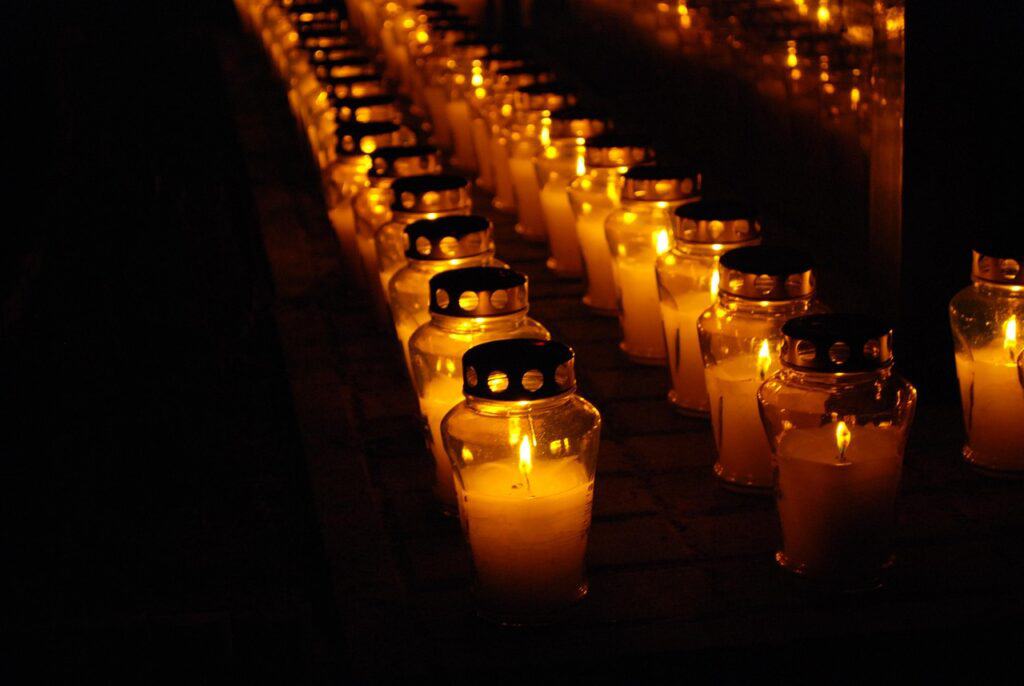
From late Oct. to Nov. 2, cemeteries glow with thousands of candles as families visit and tend graves. Roads clog, trams fill, and cities turn into moving vigils. The effect is breathtaking, less festival than living memory. Flowers, lights, and careful cleaning replace costumes and tricks. It is public intimacy, a civic hush that spreads from hilltop necropolises to small parish plots on the edge of town.
Kekri, Finland
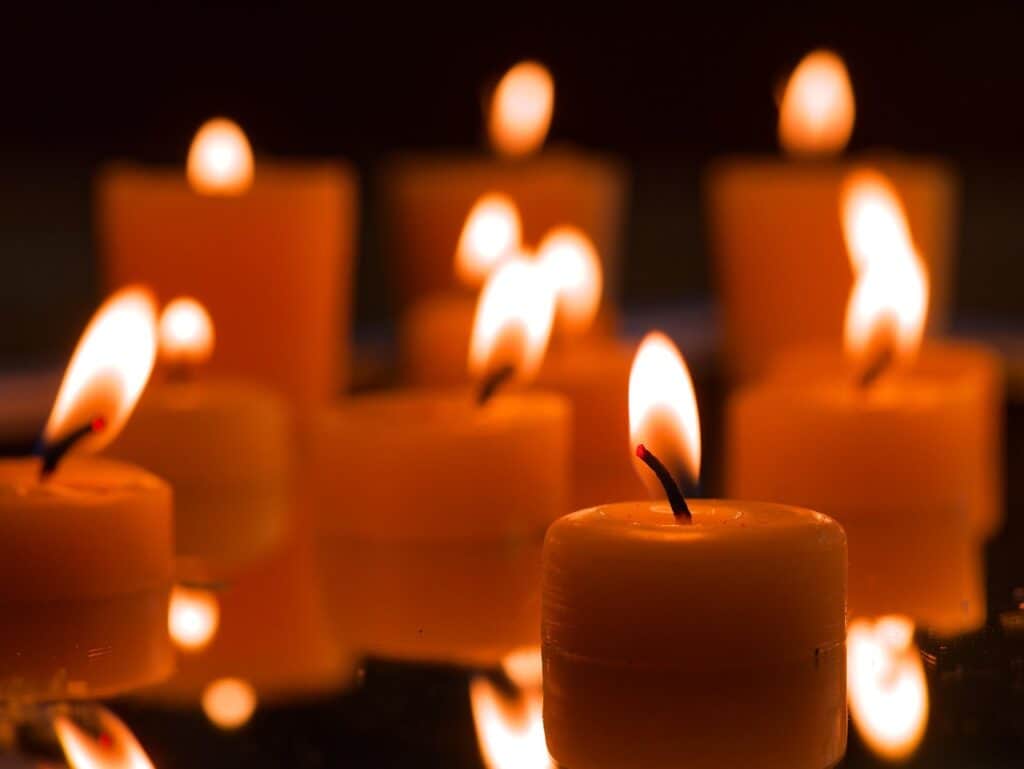
Kekri marks the farm year’s end, traditionally timed between harvest and the first deep freeze. Modern revivals focus on hearty meals, candlelit rooms, and playfully serious divination games. Folklore centers and farms host gatherings that blend education with celebration. The tone is sturdy and good-humored. People eat well, laugh a little, and nod toward their ancestors, as if sharing one long table set with the last of the year.
Halloween at Castles, Central Europe
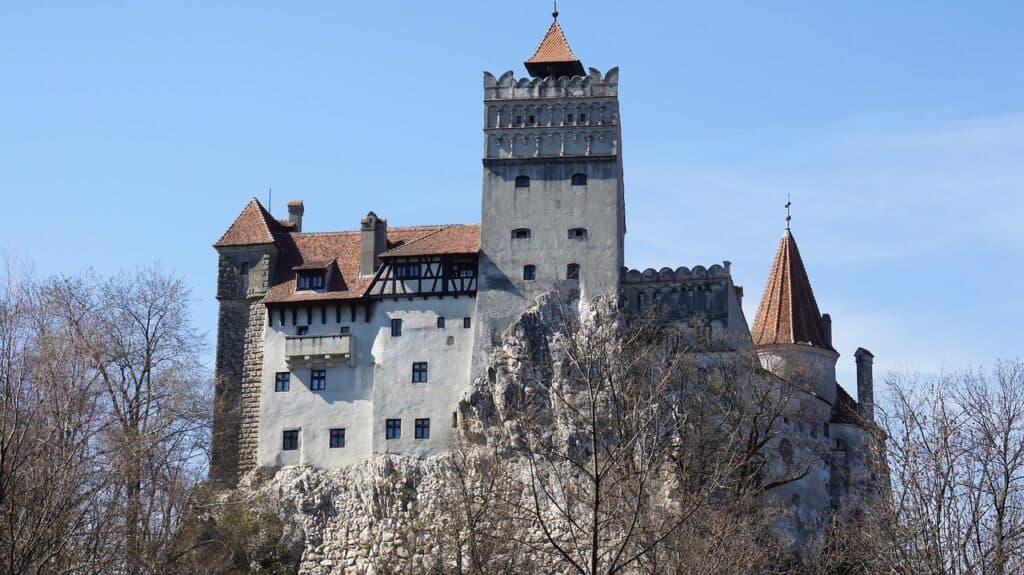
Bran Castle in Transylvania leans into gothic legend with costumes, music, and theatrics set against mountain stone. Near Frankfurt, the long-running Halloween at the so-called Frankenstein Castle moved to Königstein but kept its spirit alive with makeup creatures and family hours. These are crowd-pleasers, yet the setting does the magic. Old walls amplify footsteps and stories, turning modern fun into something that echoes after midnight.